How to deal with a labrador who won't stop barking
Labradors tend to be placid, calm dogs, but that's not always the case. Ben Randall helps a reader whose lab is giving some trouble.
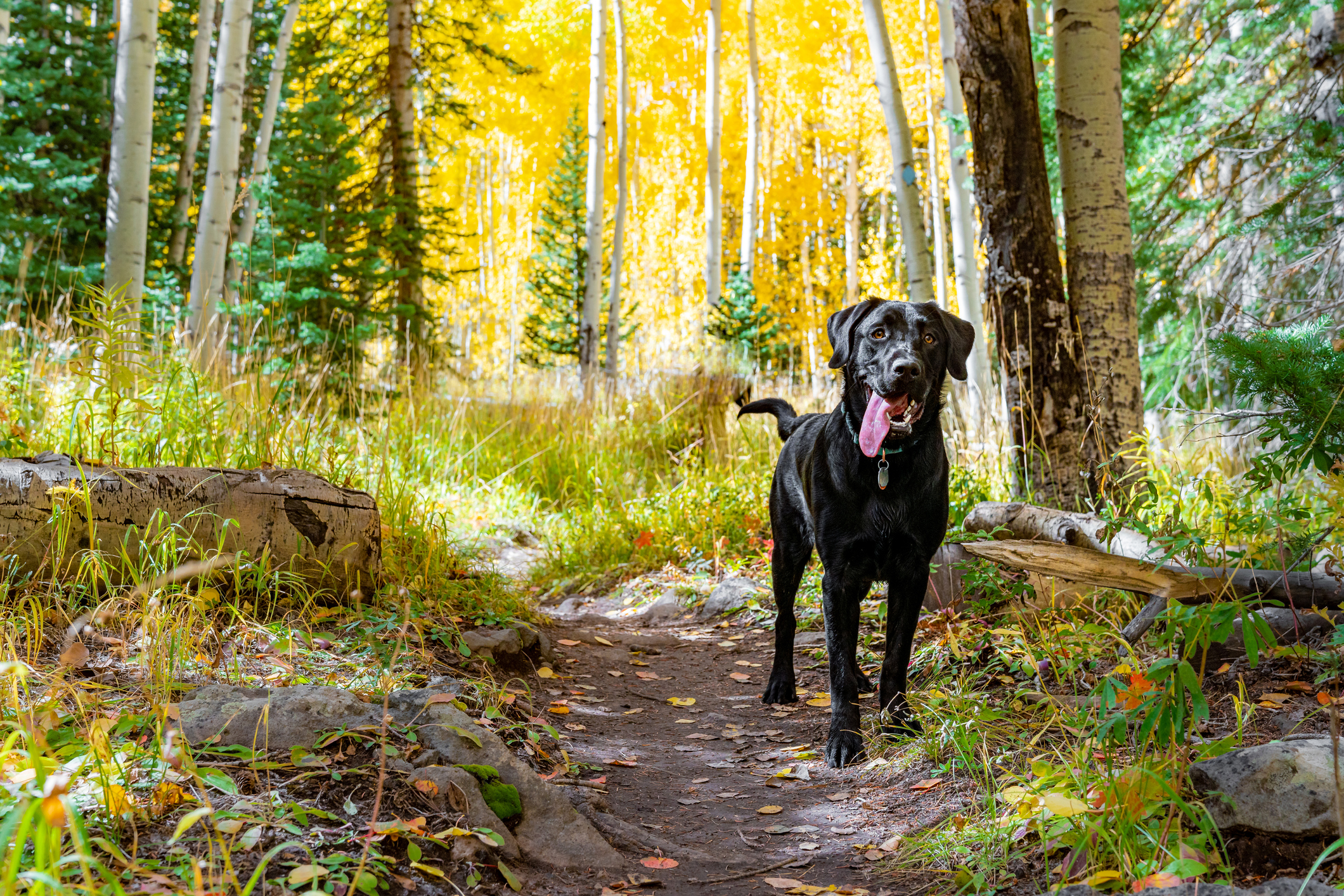

I’ve been around labradors for around 35 years, breeding and training them. With my health-tested breed lines, very rarely will labs have what I call a barking gene in them.
Occasionally it can happen, though. And when it does, as with any dog, if allowed to bark it will only get worse. That's what seems to be happening with this week's reader, who dropped me a line via paws-for-thought@futurenet.com.
Dear BenMy mum is having an ongoing issue with her two-year-old labrador’s barking. Mum’s back garden faces on to a large field where people walk their dogs regularly throughout the day. The problem is that the dog goes absolutely mad barking at these passers by, often coupled with 'zoomies' as she tears up and down the lawn like as if it's a racetrack.She is a very physical dog, and gets a lot of exercise: two good walks a day, plus longer mountain walks in Wales at the weekends. Nothing seems to wear her out!After one really bad case of barking and zoomies I managed to catch her using a treat, then put her in the garage to calm down. After I let her out she seemed calm, but then was going mad again within minutes. Mum has resorted to keeping her on a long rope in the garden so she can catch her more easily and distract her or put her in the garage.The barking is still a real problem thought the day though. She will even bark from inside the house while looking out through the low windows, and zoom up and down inside. Despite this she's not bad with people coming to the front door (there are plenty of visitors) and in general she is a loving and relatively well behaved dog. Anything you can suggest would be gratefully received! — JN, via email
You have my sympathy. We run a boarding kennels and have very little barking, but when we do then a labrador with a high-pitched bark is one of those which goes straight through you.
It’s straightforward thing to stop a dog barking at visitors or passers-by, but my feeling is that would only be putting a plaster over this particular problem.
So let’s look here as well at the likely causes, things which are contributing to the problem — and then offer a few solutions which I believe will help you hugely.
1. The dog might be getting too much exercise
The dog is getting plenty of good exercise, which I know probably sounds like a good thing — but I fear you might be overdoing it.
You mentioned that you can 'never tire her out', which says to me that you’re potentially trying to. This will only make the dog fitter, faster, bigger, stronger, finely tuned and highly wired. It’ll actually make the barking and training harder to manage.
Sign up for the Country Life Newsletter
Exquisite houses, the beauty of Nature, and how to get the most from your life, straight to your inbox.
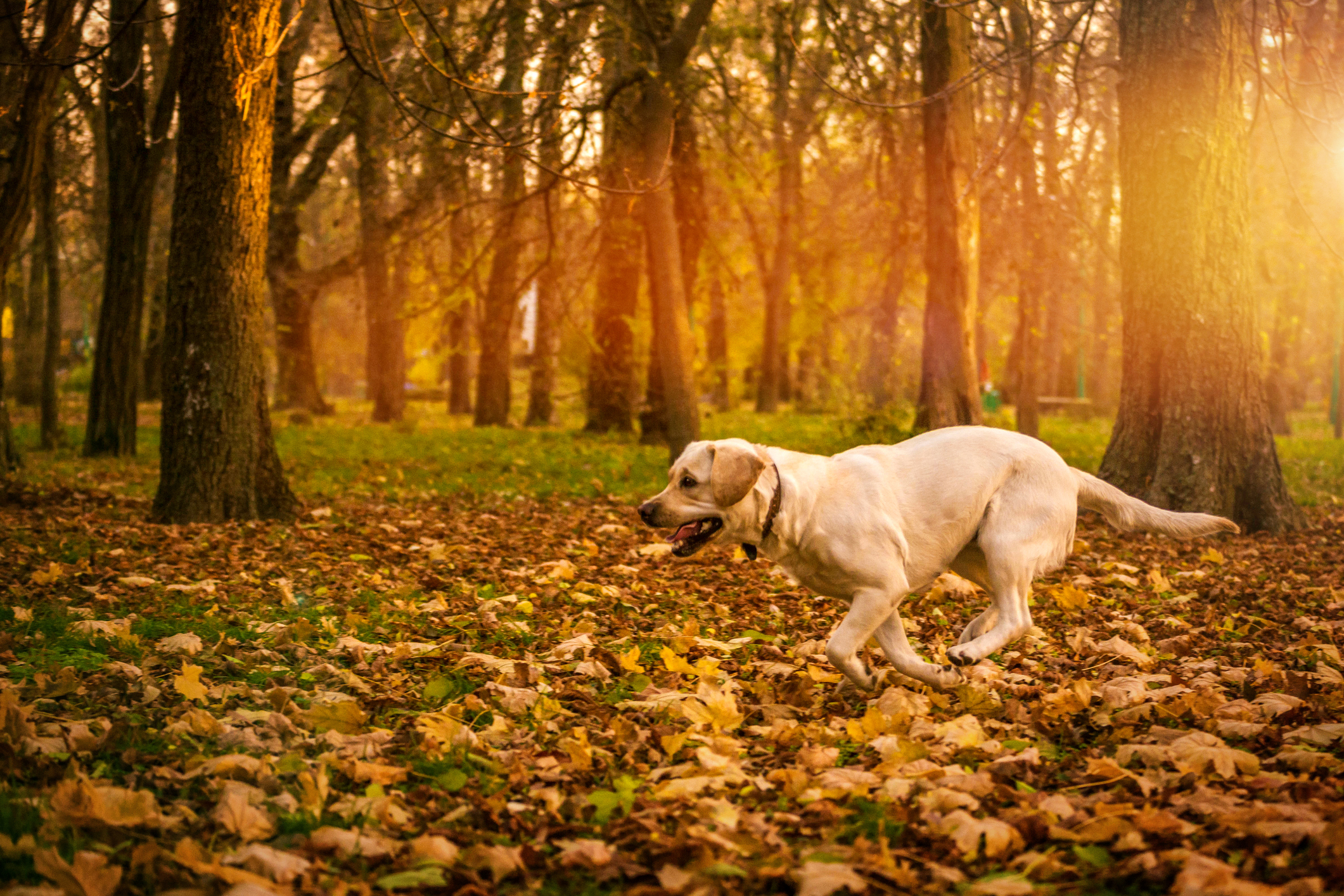
You have more control over this than you'd think. About 10 yrs ago, I started creating what I called the 'Aga dog', a pet who's happy lazing around 90% of the time, dozing on the sofa, happy pottering around the house, content to snooze at your feet in a country pub, staying calm and manageable in any environment. This behaviour is instilled from the time a dog is a puppy to around two years of age. It's done by making sure the dog spends a large percentage of his or her time in and around the family, relaxing in a calm manner. Toilet breaks are always done calmly too — and while they'll happily go with you for walks, exercise is more focused on mental games and retrieving to keep the dog’s cardio vascular system fit. I’ve personally trained many of these dogs for clients – they really do make the ultimate family companion.
A bit more of that sort of behaviour sounds like it would be welcome in this instance, so we'll ask your mother to go back and change the dog’s mindset – give the dog a reboot, if you like.
Start by walking the dog far less, and do a lot more training in and around the home environment. Just letting the dog out in the garden to amuse itself is going to exacerbate the issues.
Then, make a point of increasing the dog’s relaxation time. That isn't just a case of leading her to her bed more: it's an issue about increasing the dog's patience, particularly at feeding times, keeping her patient for longer periods.
2. Work on the dog's training
Once those first steps are in place, it's time to work on general training. August us a perfect chance to establish and re-establish all sorts of key commands. Take charge of the situation: I’d like the dog not to have freedom in the garden any more, instead only going out when supervised and on a short lead, especially if people are passing by in the field beyond the boundary.
I'd like your mother to go back to working on making sure the dog walks to heel work, on and off the lead. And for inside the house, take a look at my article on how to stop a dog barking at the door — that will really help.
Then there's the one command that’s the biggest weapon in my armoury: the 'leave' command. It’s a single, simple command that the dog learns to understand and respect, for its safety and the safety of others — from chasing people or other dogs, to eating things off the ground that could cause harm. In this case, 'leave' will be the key — and we'll take about it more later: the moment the dog barks at or lunges towards the people and other dogs walking along nearby, step in with a firm 'leave' command.
Toilet breaks are different, but use this technique as your basis: get the dog on the lead in the house, walk her out to the desired toilet area, then get the dog to sit and take the lead off. After that, pause for a while, point at the floor and give the toilet command.
When she’s done that, call her back, show a reward in your right hand, and slip the lead back over her head, and walk back into the house. The dog then goes back in her bed, lead comes off, and she gets the kibble for that continued spell of good behaviour.
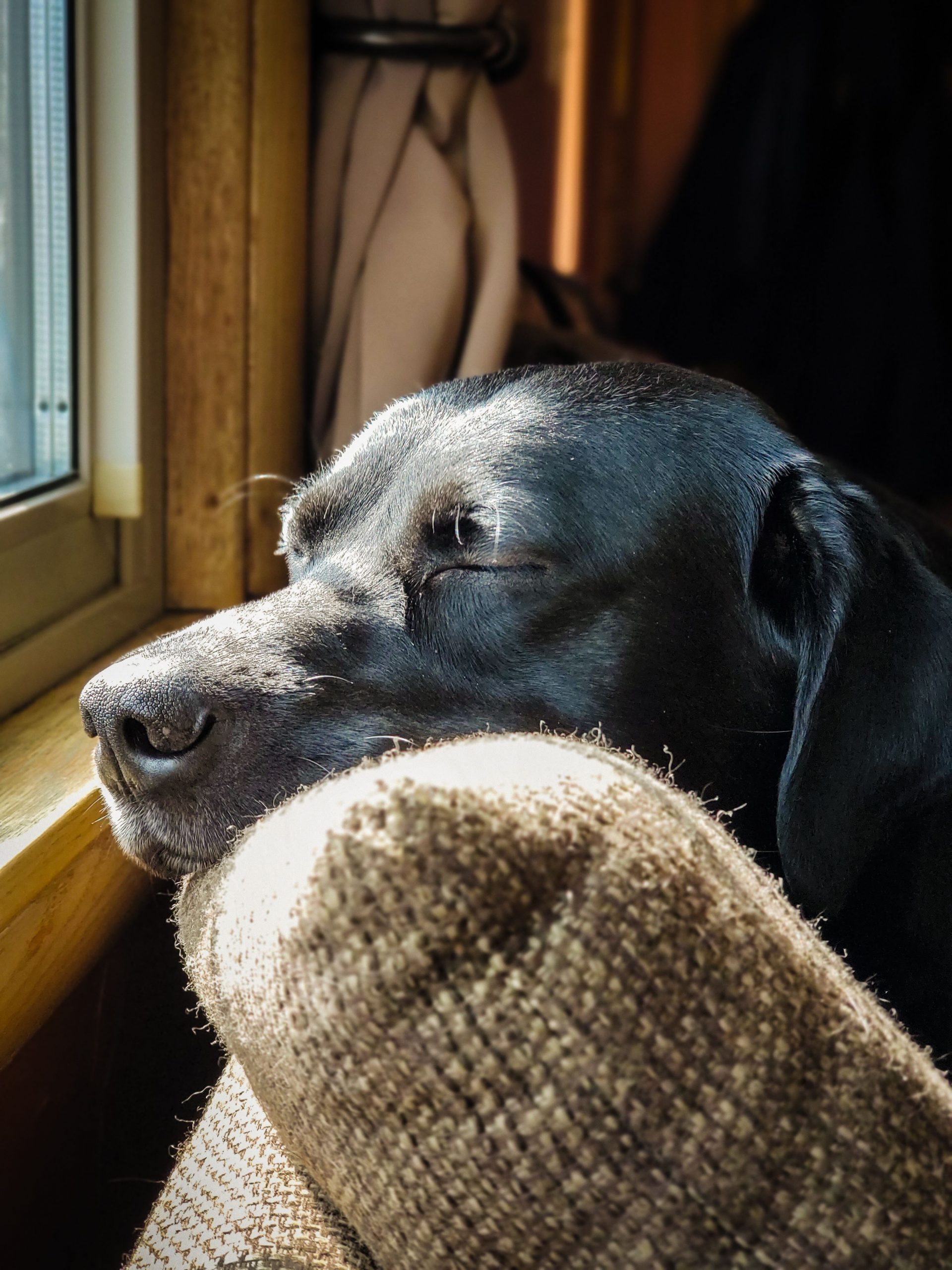
3. Make the training gradually harder
After a couple of weeks of working inside, the dog's response to commands will be better, and she'll be calmer mentally. Now is the time to test the leave command outside in the problem area.
If possible, wait for a busy spell of passers by, then make a point of going out with the dog on a short lead, and get her dog to walk to heel up and down the garden as people walk past.
The very moment the dog lunges or barks, hold the lead tight until it goes taut, and that precise instant give a firm ‘leave’ command, and wheel the dog away from the area. Timing is key, and when the dog starts doing as you've asked, reward her every so often for that good heelwork and leaves.
With repetition, the dog will quickly start to look at you instead of over the fence the moment a person begins to approach. By this point, only a calm leave or heel command will be required.
Once you’ve mastered this with the lead on, move on to doing it with the dog off the lead, while still walking to heel. Rope in friends and family to help you practice if you can, because repetition is key: half a dozen repetitions doesn't mean much in itself, but half a dozen every morning, and every afternoon, every day for a month is hundreds of chances to train this behaviour.
As you progress sometimes it will work well, but at other times the dog will gravitate to her old ways. When it does, your actions are clear: run to the dog as quickly and quietly as you can – no shouting — and as you arrive, give the leave command, then the heel command, and bring her away from the person, calmly back inside, and if she does this properly then reward. Carefully think about when you reward, however: my top tip is that it's never a bribe for a single action, but instead a reward for a continued spell of good behaviour. Your mother should be honest with herself: is she giving the dog a treat immediately after hauling him away from barking over the fence? Or is she rewarding him later, once he's calm?
4. Keep on going and don't give up
What I find is that when my dogs — or my clients’ dogs — see someone approach, their first thought is no longer to frantically bark, or try to protect the area. Instead, they will walk back to the house to find me, to get my attention, get their reward and go back to bed. This is above all a sign of their trust: my dogs do this because they know they don’t need to worry.
One more point, though: a bark or two when somebody appears is entirely normal. I have a border terrier, a retired labrador and a Bavarian hound. The hound and terrier, if they’re relaxing outside and a delivery driver comes to the house, will both bark a couple of times — but it's merely an alert to me, and never done aggressively. All it takes is a simple, calm 'leave' command and they'll trot happily back inside.
A client of mine recently had a pointer and terrier causing awful trouble with delivery drivers and postmen coming through the gate to the letterbox, so much so that complaints were made — while neither dog would bite, they both sounded and looked aggressive.
It took a lot of repetition, but eventually we got to a place where the mere sound of the opening and closing of the gate would give them the cue to get up, head straight to their dog beds, and wait patiently until the guest was gone, when they knew they'd be rewarded from a tin my client kept in the utility room. It's made things easy, has proven that this training works — and also happens to be very cool to watch!
Ben Randall’s book, ‘How to Train Your Gundog’, is out now. You can order it here at £40.
For more detailed advice about Ben Randall’s positive, reward-based and proven BG training methods, one-to-one training sessions, residential training or five-star dog-boarding at his BGHQ in Herefordshire, telephone 01531 670960 or visit www.ledburylodgekennels.co.uk. For a free seven-day trial of the Gundog app, which costs £24.99 a month or £249.99 a year, visit www.gundog.app/trial
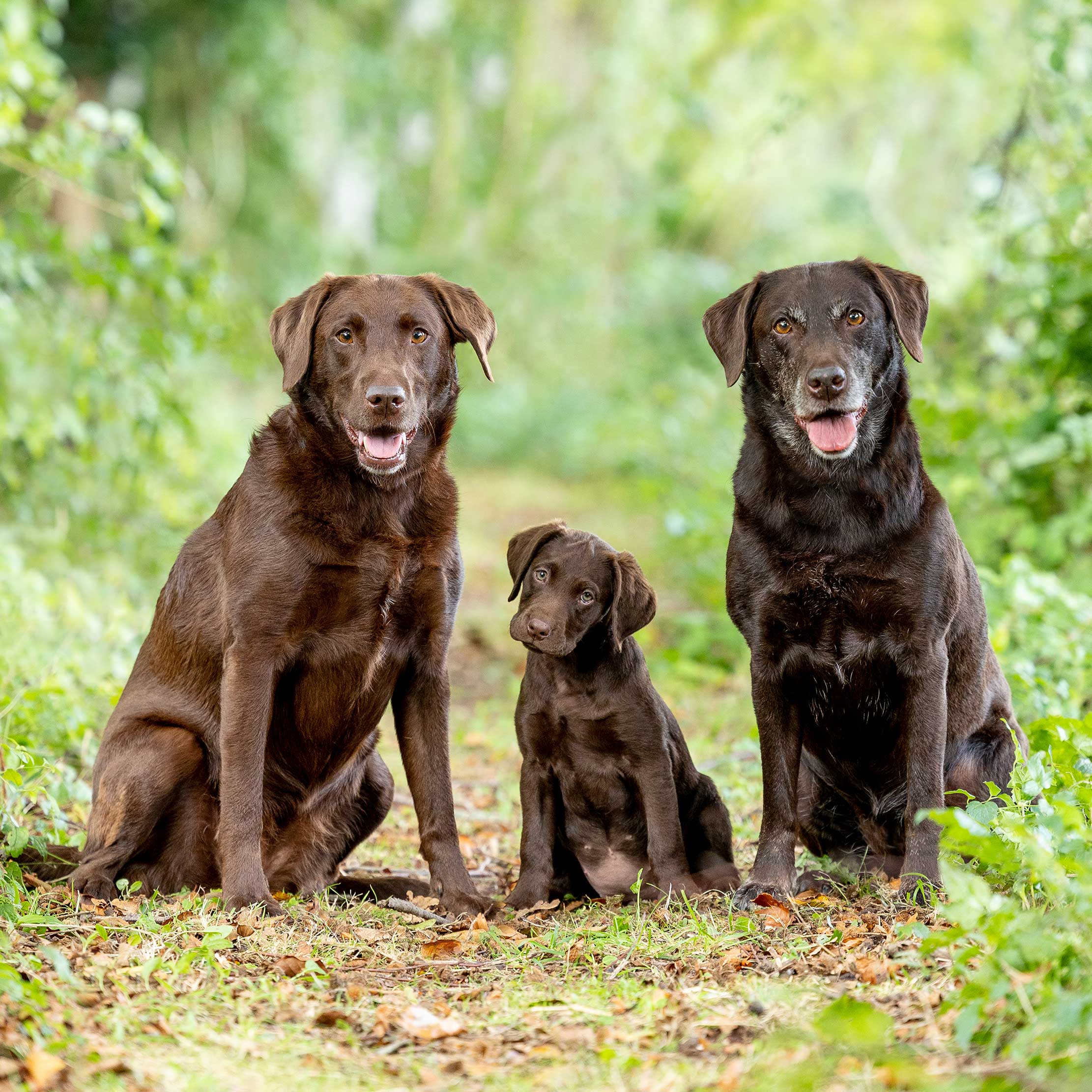
The ups and downs of life with chocolate labradors: 'If one of my chocolates does something naughty, there’s no hiding. They all know it’s mine'
Chocolate labradors are becoming more and more popular — and with good reason, as Katy Birchall explains. Photographs by Millie Pilkington

How to pick a Labrador puppy
If you're after a labrador — aka 'the world's favourite dog' — you'll need to take some expert advice.
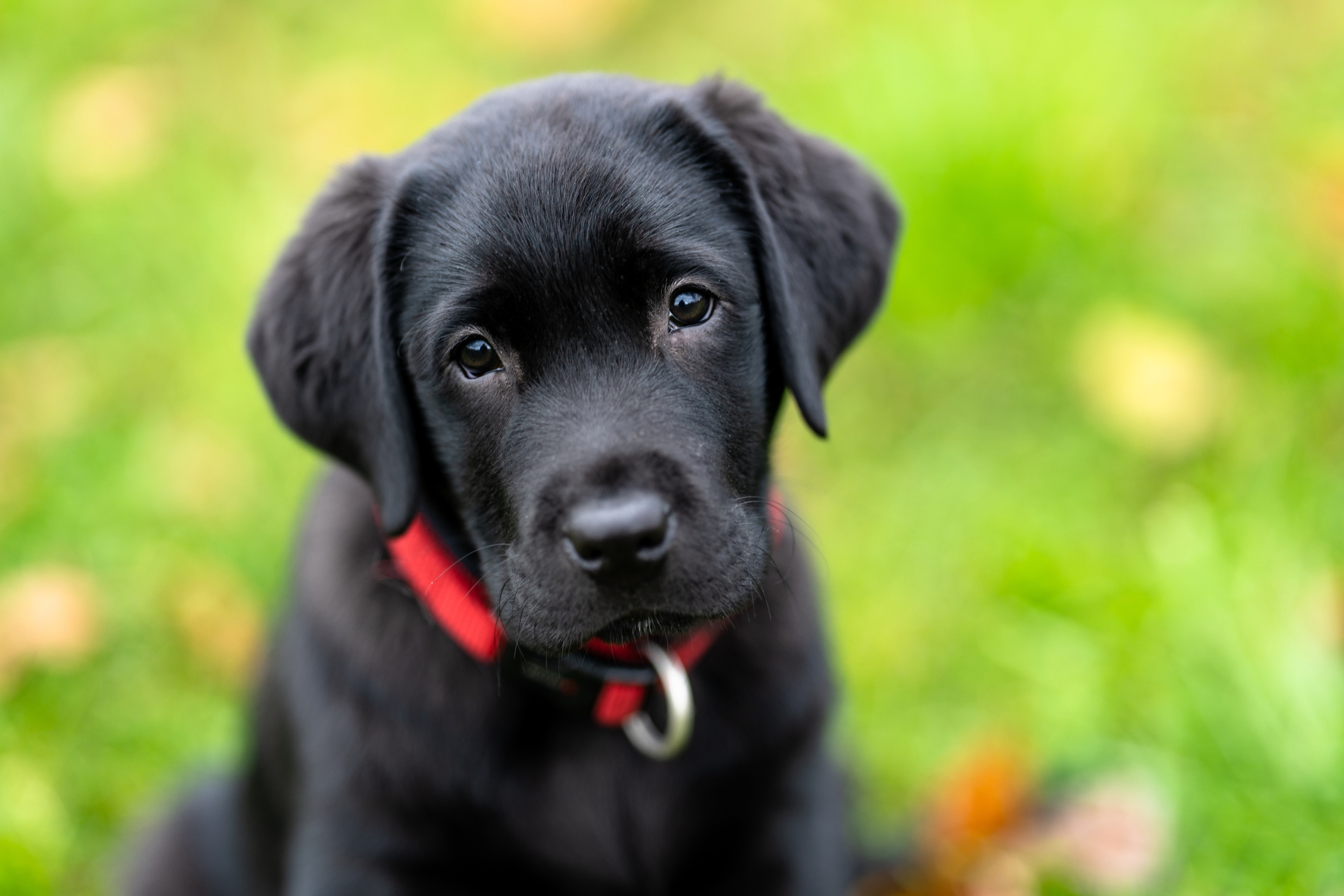
Credit: Getty Images
Labradors: The all-action dogs that are just as happy lazing on the sofa as saving lives
An all-action working dog that's never happier than when lazing on the sofa? That's the labrador for you. We take
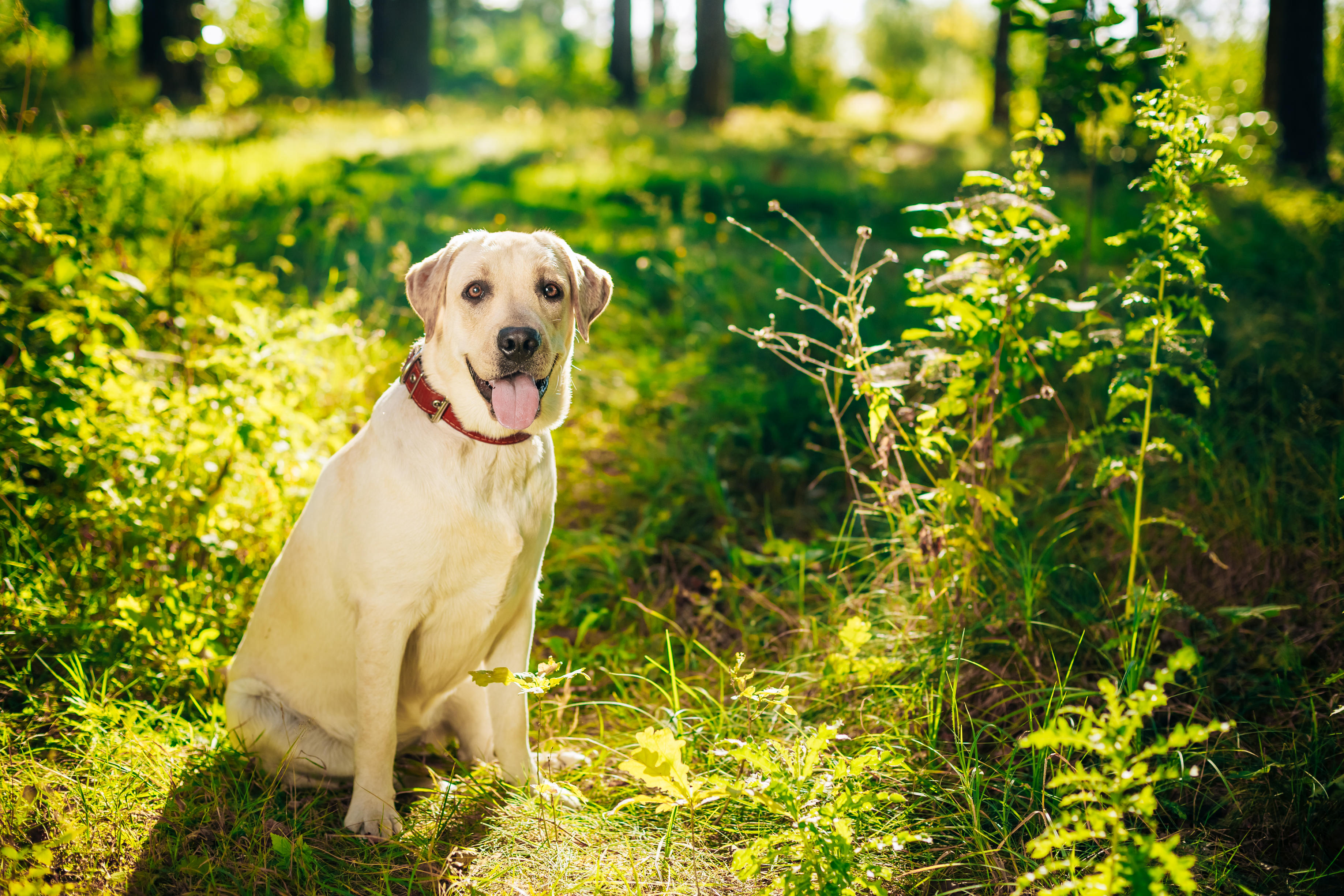
Credit: Alamy Stock Photo
If only dogs could talk: Reading the minds of Britain's 11 most popular breeds, from Labradors to Westies
Do pooches really take on the characteristics of their so-called owners? Rupert Uloth spoke to some of Britain’s most popular
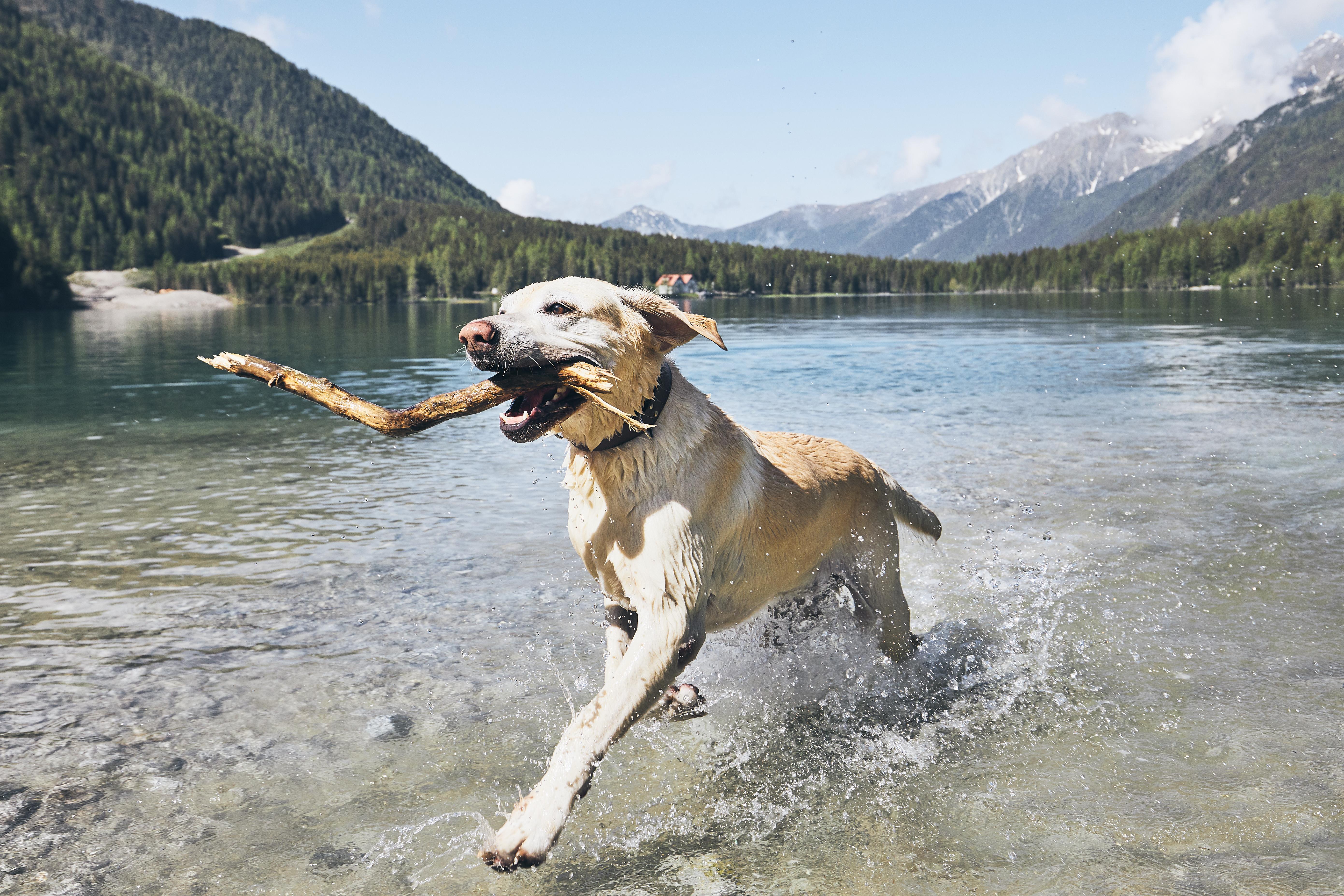
The Labrador: The world’s favourite dog
Ben Fogle traces the illustrious history of the world’s favourite dog, the Labrador.
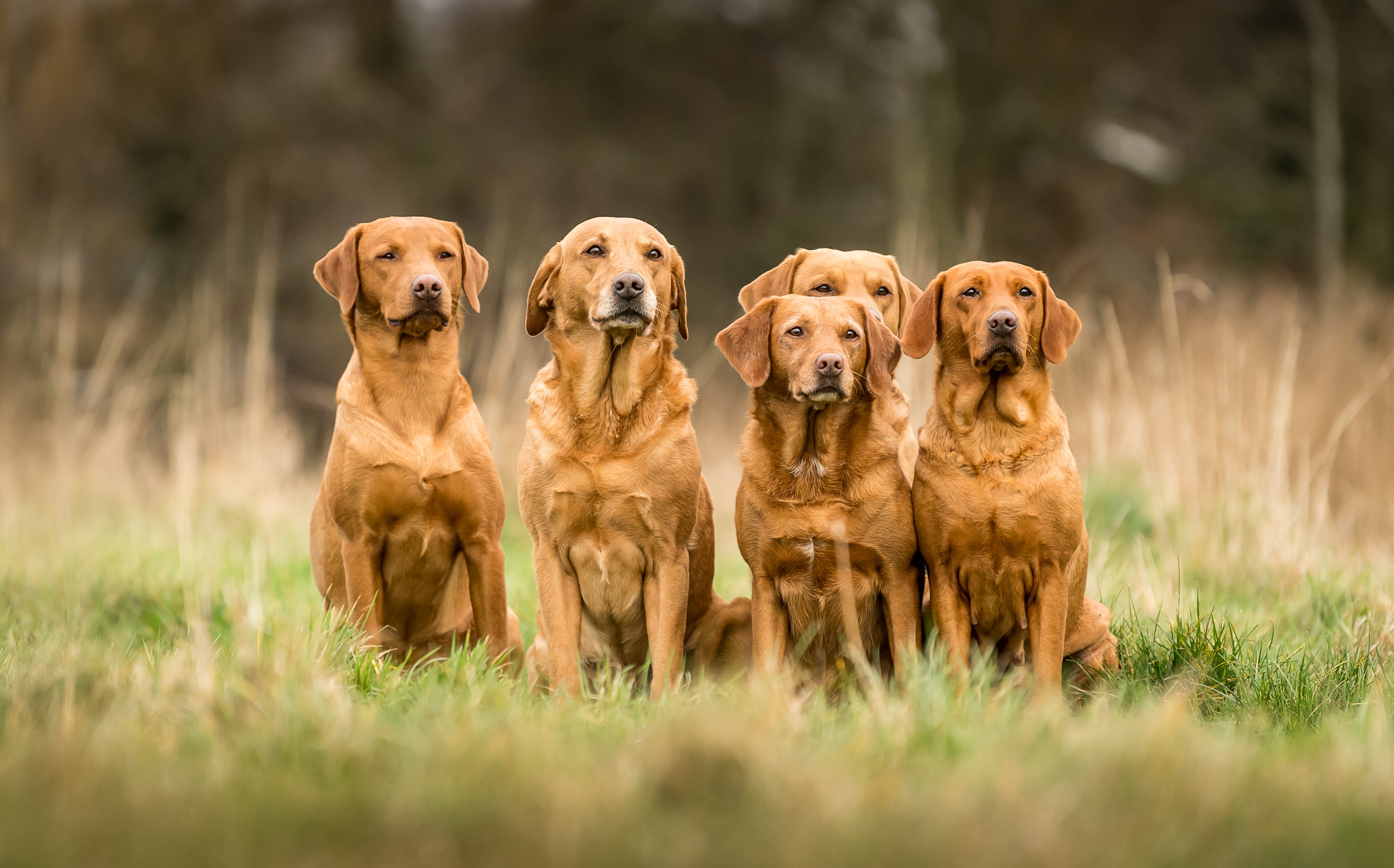
Credit: Sarah Farnsworth/Country Life
Fox-red labradors: Why red is the new black
From russet red to ever-so-slightly blushed, the fox-red is growing in popularity across the country sporting world. However, the gundog
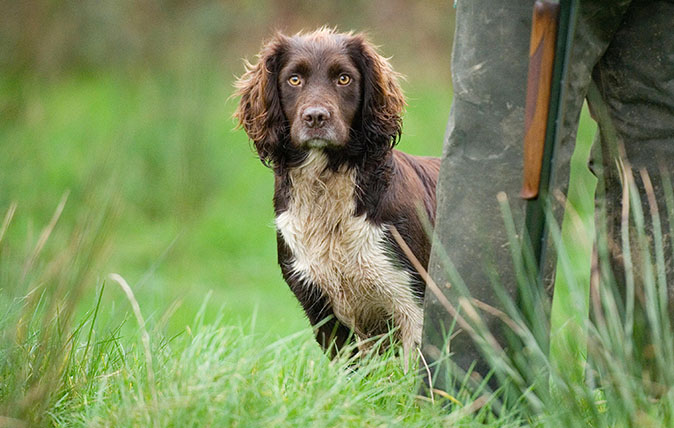
Which breed makes the best gundog? The pros and cons of labradors, spaniels, terriers and more
Whether you own labradors, springers, cockers or a mix of all three, debate over which gundog is best has raged
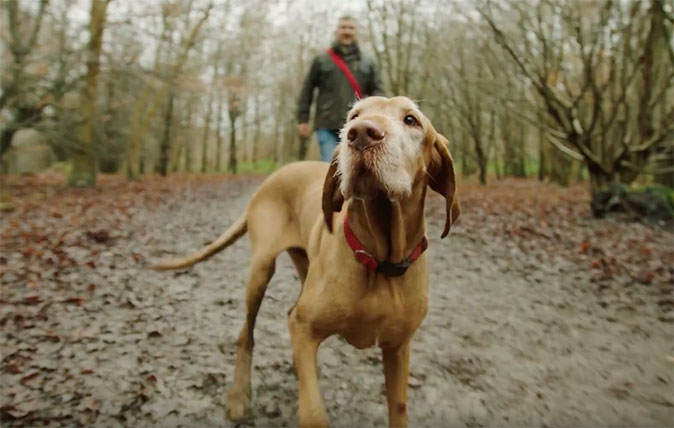
Lethargic labrador? Bored border collie? Here's how to cheer up a depressed dog
Apparently, dogs get Seasonal Affective Disorder - or SAD - just as humans do. But there is an answer.
-
 Five beautiful homes, from a barn conversion to an island treasure, as seen in Country Life
Five beautiful homes, from a barn conversion to an island treasure, as seen in Country LifeOur pick of the best homes to come to the market via Country Life in recent days include a wonderful thatched home in Devon and a charming red-brick house with gardens that run down to the water's edge.
By Toby Keel Published
-
 Shark tanks, crocodile lagoons, laser defences, and a subterranean shooting gallery — nothing is impossible when making the ultimate garage
Shark tanks, crocodile lagoons, laser defences, and a subterranean shooting gallery — nothing is impossible when making the ultimate garageTo collectors, cars are more than just transport — they are works of art. And the buildings used to store them are starting to resemble galleries.
By Adam Hay-Nicholls Published
-
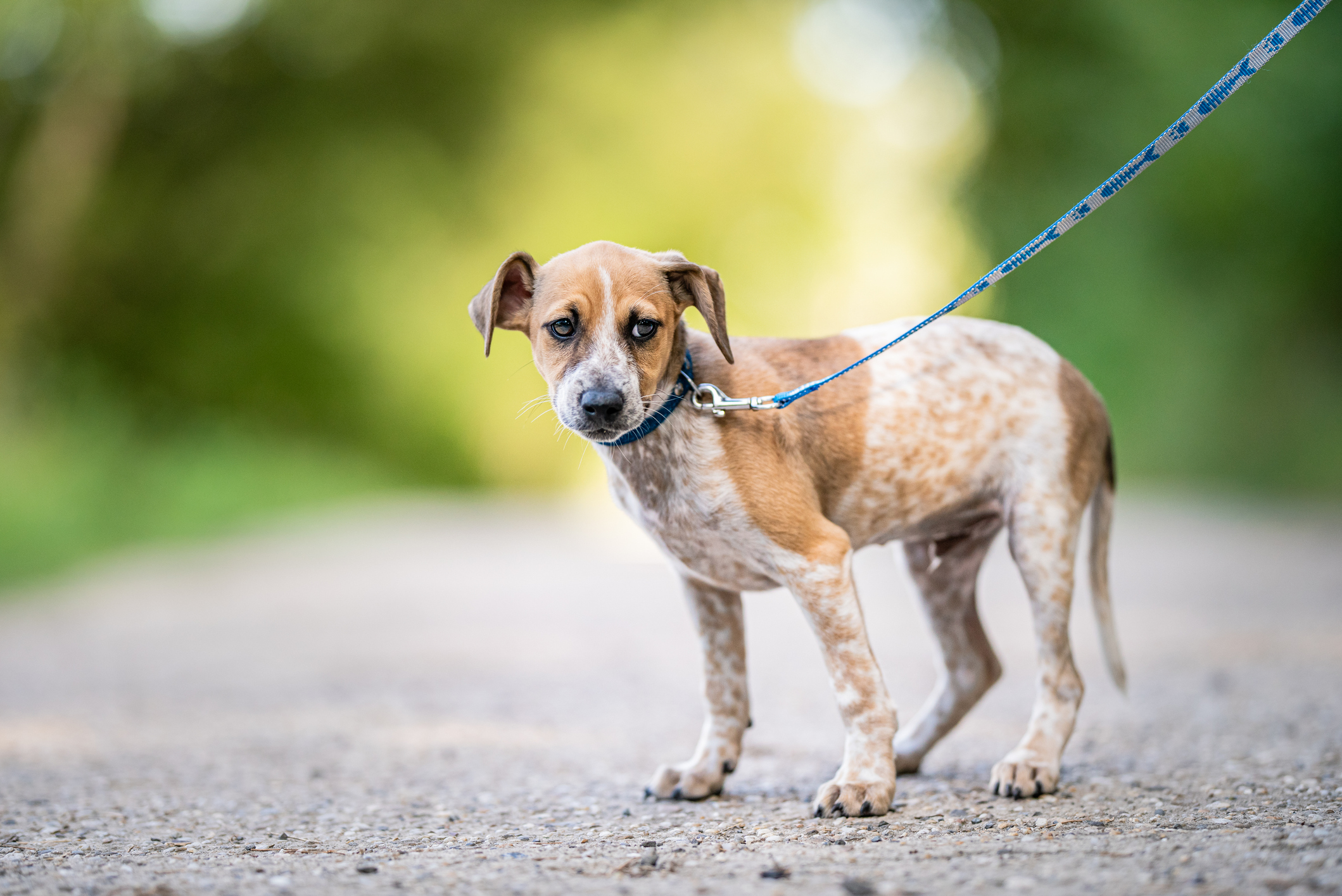 What to do when your dog gets attacked by another dog out on a walk
What to do when your dog gets attacked by another dog out on a walkBen Randall deals with a reader's difficult situation as an ordinary walk took a turn for the worse.
By Ben Randall Published
-
 How to deal with an older dog starting to show some bad behaviour after many happy years
How to deal with an older dog starting to show some bad behaviour after many happy yearsA-list dog trainer Ben Randall helps a reader whose ageing dog has started changing its behaviour — and not for the better.
By Ben Randall Published
-
 Ben Randall: Ask Country Life's canine agony uncle a question about your dog
Ben Randall: Ask Country Life's canine agony uncle a question about your dogOver the past two years our award-winning dog trainer Ben Randall has been sharing his advice with Country Life readers.
By Country Life Published
-
 How to look after a dog who's gone deaf, by A-list trainer Ben Randall
How to look after a dog who's gone deaf, by A-list trainer Ben RandallBen Randall handles a query from a reader whose dog has lost her hearing.
By Ben Randall Published
-
 How to deal with a dog that's stronger than you are — especially when it runs off when it gets excited
How to deal with a dog that's stronger than you are — especially when it runs off when it gets excitedBen Randall tackles an issue for an owner of a dog that's almost as big as she is.
By Ben Randall Published
-
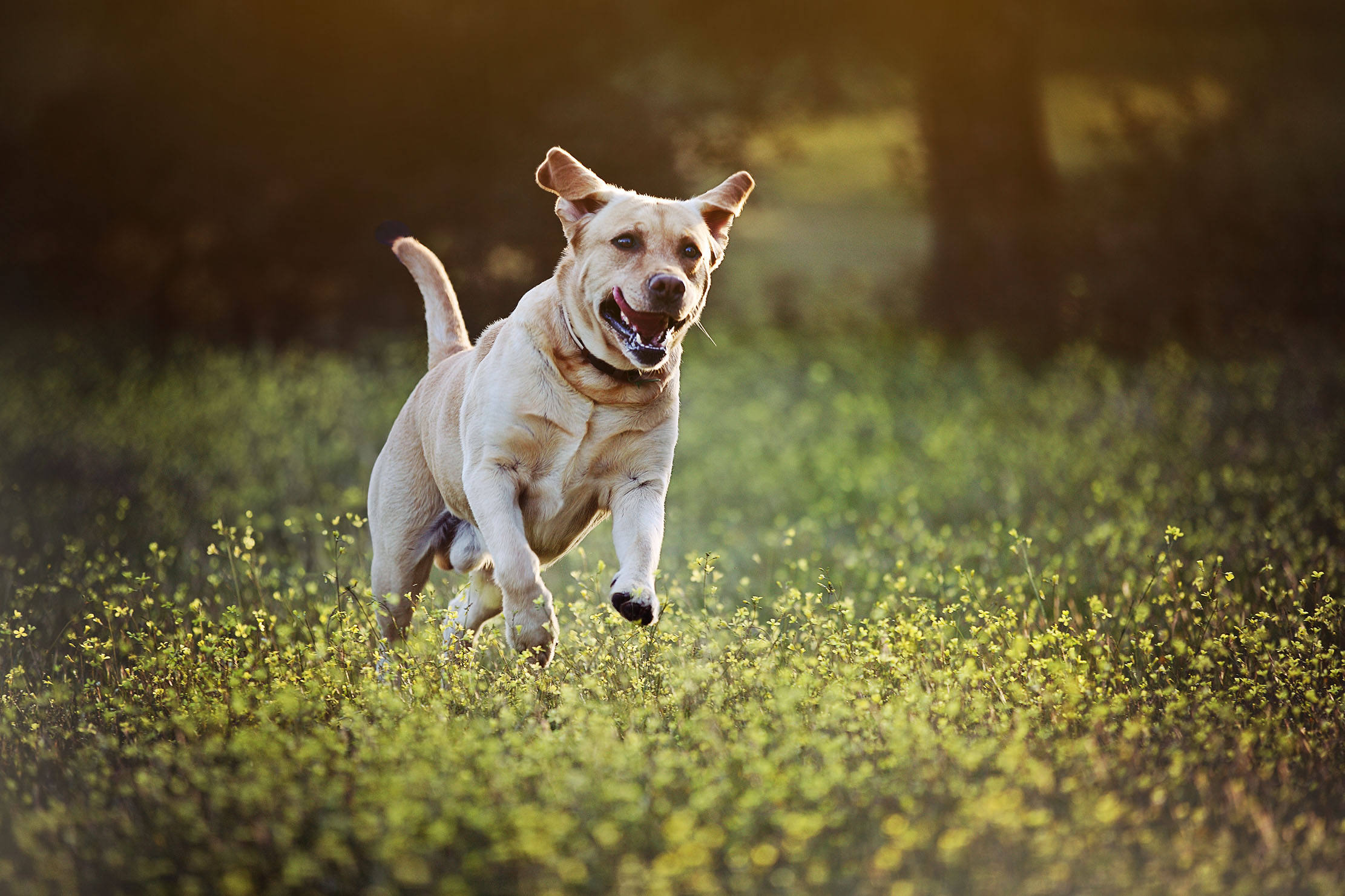 'My dog goes crazy when he sees someone with a ball launcher. How do I make him stop?': Expert trainer Ben Randall explains what to do
'My dog goes crazy when he sees someone with a ball launcher. How do I make him stop?': Expert trainer Ben Randall explains what to doTaking on a dog with ingrained bad habits can be a headache. Ben Randall explains how to retrain them to keep calm.
By Ben Randall Published
-
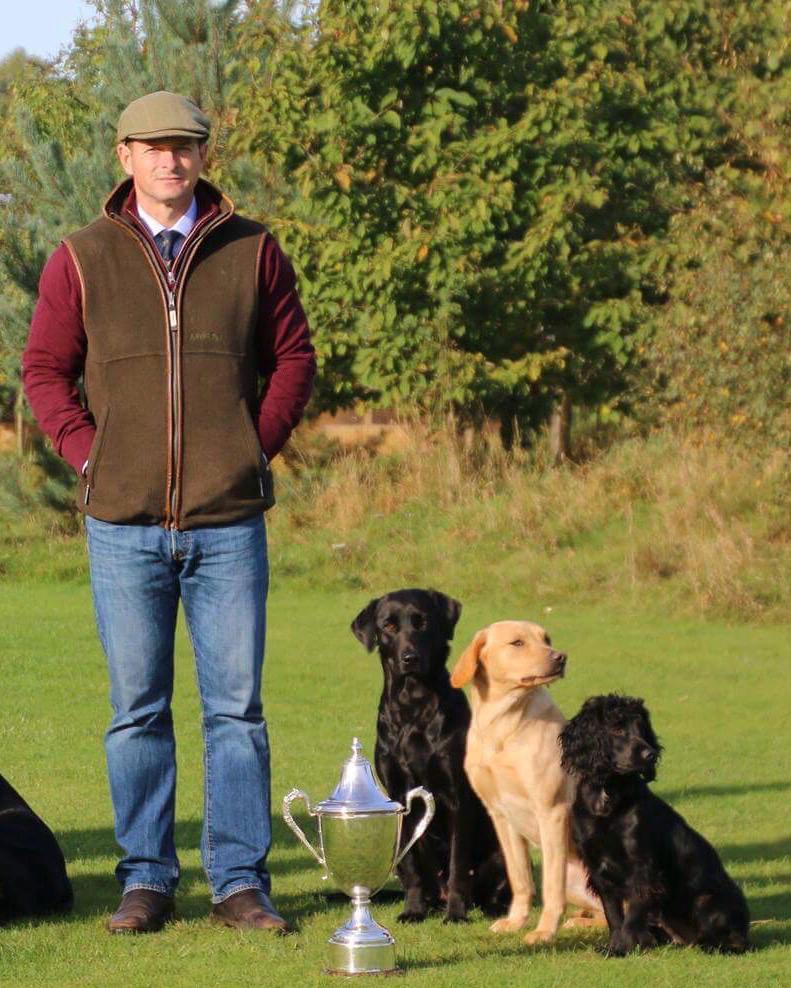 Ben Randall: Q&A with the award-winning dog trainer
Ben Randall: Q&A with the award-winning dog trainerWe speak to Country Life's canine agony uncle Ben Randall.
By Ben Randall Published
-
 How to stop your dog from being protective and barking at builders
How to stop your dog from being protective and barking at buildersBarking can be annoying and unsettling for visitors. Ben Randall looks at how to get a little peace and quiet.
By Ben Randall Published